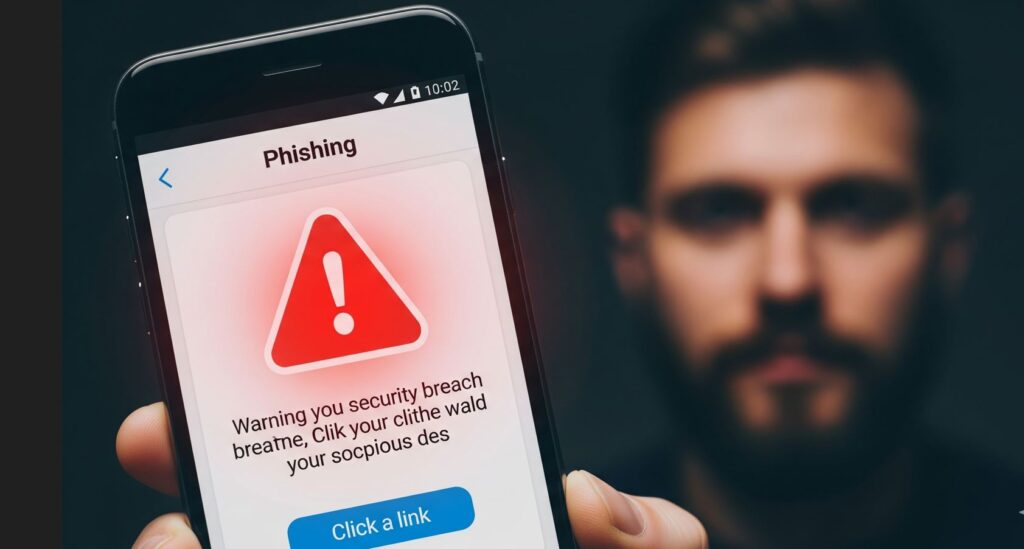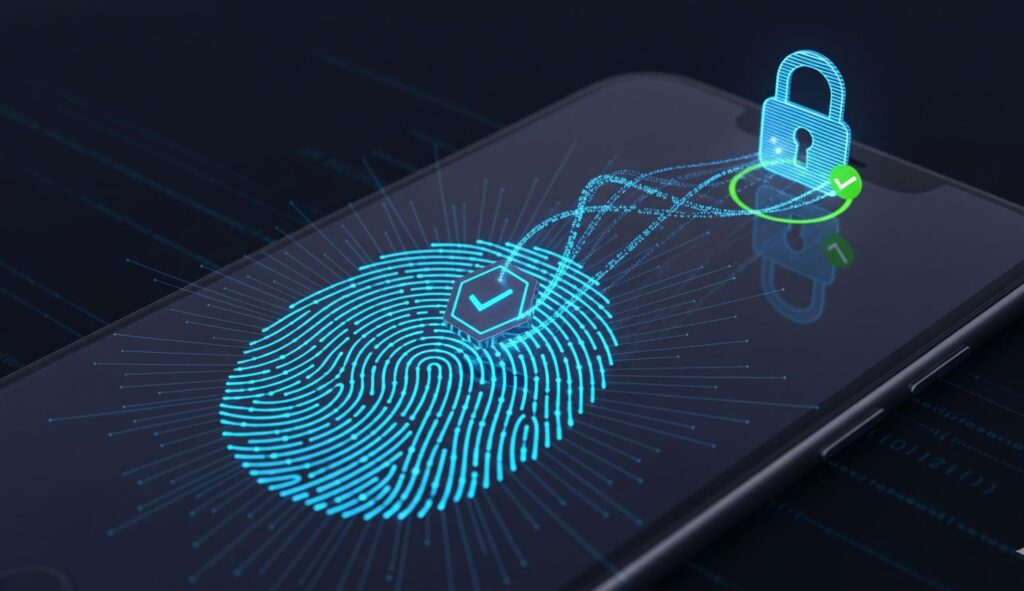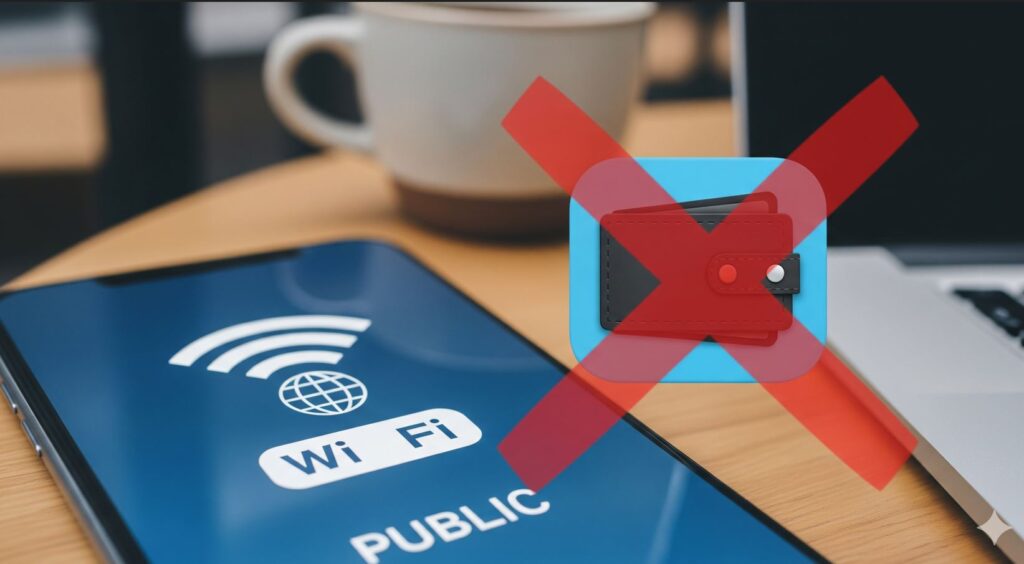Introduction: Why Digital Wallet Security Matters in 2025

Digital wallets have become a part of daily life in India. From buying vegetables from Ramesh bhai’s cart to paying school fees online, apps like PhonePe, Paytm, Google Pay, Amazon Pay, and UPI wallets are everywhere. In 2024, Indians made over 12 billion UPI transactions every month, according to NPCI.
But with convenience comes risk. Cases of UPI fraud, phishing scams, and wallet hacking are rising. Many people like Priya, a young professional in Mumbai, worry whether their money is truly safe in these apps.
Why Digital Wallet Security 2025 Matters in India
Digital wallets are everywhere in India. From street vendors in Delhi accepting UPI to online shopping on Flipkart, we’ve gone cashless fast. A 2025 report from Chainalysis shows India has over 107 million crypto wallet users, and digital payments hit ₹200 lakh crore last year. But with growth comes risk. RBI data reveals digital fraud jumped to ₹14.57 billion in FY 2024, mostly from phishing and UPI scams.
Why worry? Scams can wipe out your savings in minutes. Think about Priya, a college student in Bangalore. She got a fake call from “RBI” saying her wallet was hacked. She shared her OTP and lost ₹10,000—her entire month’s allowance. Digital wallet security 2025 isn’t just tech talk; it’s about protecting your dreams, like buying a new phone or saving for a family trip.
The good news? With simple steps and awareness of SEBI and RBI rules, you can stay safe. SEBI now monitors crypto-like tokens in wallets, while RBI pushes for stronger KYC. Let’s explore the threats next.
1. Your First Shield: The Power of Strong Passwords & Biometrics
Your first line of defense is something only you know or something only you are.
- Strong, Unique Password:Don’t use easy-to-guess passwords like your birthday or “123456”. Create a long password with a mix of letters (upper and lower case), numbers, and symbols. For example, Mumbai@2025! is better than rohan123.
- Enable Biometric Locks:This is the easiest way to add a huge security boost. Use your fingerprint or face scan (biometrics) to lock your wallet app. Even if someone has your phone, they can’t open your Paytm or GPay without your fingerprint.
Action Step: Open your digital wallet app right now. Go to settings and turn on fingerprint or face ID lock. It takes 30 seconds and is a game-changer for your digital wallet security.

2. Two-Factor Authentication (2FA): Your Double Lock System
Your first line of defense is something only you know or something only you are.
- Strong, Unique Password
You know your password? Great! Now, prove it’s really you with a second step.
Two-factor authentication (2FA) means you need two things to log in:
- Your password.
- A unique, one-time code (OTP) sent to your phone.
Even if a hacker steals your password, they can’t get in without that OTP on your phone. It’s like a double lock on your door.
Action Step: Always enable 2FA wherever it is offered, especially for your email account linked to your wallet. If your email is safe, your wallet is safer.
:Don’t use easy-to-guess passwords like your birthday or “123456”. Create a long password with a mix of letters (upper and lower case), numbers, and symbols. For example, Mumbai@2025! is better than rohan123. - Enable Biometric Locks:This is the easiest way to add a huge security boost. Use your fingerprint or face scan (biometrics) to lock your wallet app. Even if someone has your phone, they can’t open your Paytm or GPay without your fingerprint.
Action Step: Open your digital wallet app right now. Go to settings and turn on fingerprint or face ID lock. It takes 30 seconds and is a game-changer for your digital wallet security.
3. Spotting the Enemy: How to Identify Phishing Scams
This is the most common trick used by scammers. “Phishing” is when you get a fake call, message, or email that looks real. They try to “fish” for your private details.
- Fake KYC Messages:You get an SMS saying, “Your bank account KYC is expired. Click here to update or it will be blocked.” The link goes to a fake website that steals your login info.
- Fake Customer Care Calls:Someone calls pretending to be from your bank’s support team. They say there’s a problem and ask for your OTP to “fix” it. Never, ever share your OTP!
How to spot a scam:
- Banks never call and ask for your OTP or password.
- Don’t click on links in unexpected messages.
- Check the sender’s email or phone number carefully. Often, it’s a misspelling like sbibank@info.cominstead of co.in.
4. App Permissions: Don’t Give Away the Keys
When you install an app, it asks for permissions. Does a calculator app really need access to your SMS? No!
Some malicious apps can read your SMS to steal OTPs. Always check app permissions.
- Only grant permissions that are absolutely necessary.A UPI app needs SMS access for reading OTPs, but a photo editing app does not.
- Download apps only from official storeslike the Google Play Store or Apple App Store. Avoid third-party websites.
5. The Magic of Transaction Alerts & Regular Monitoring
Don’t be a passive user. Be active and watch your money.
Turn on transaction alerts for your bank account and wallet. Every time money moves, you get an instant notification. If you get an alert for a transaction you didn’t make, you can act immediately.
Make it a habit to check your wallet and bank statement every week. It takes two minutes but can save you lakhs.
6. What to Do RIGHT NOW If You're Hacked
Even with the best digital wallet security, things can go wrong. Don’t panic. Act fast.
- Call Your Bank:Immediately call your bank’s 24-hour customer care number. Report the fraud and ask them to block your card and UPI ID.
- Freeze Your Wallet:Use the app’s emergency feature to temporarily freeze your wallet account.
- File a Complaint:Report the incident to the National Cyber Crime Portal (cybercrime.gov.in) or your local police cyber cell. Keep a copy of the complaint.
- Change Passwords:Change the passwords for your wallet, email, and bank account from a secure device.
7. The Future is Here: Security Trends for 2025
Technology is always changing. Here’s what’s coming to keep you even safer:
- Biometric UPI Apps:Soon, you might authorize payments with your fingerprint alone, without needing a PIN.
- AI-Powered Fraud Detection:Banks are using smart AI that can detect strange spending patterns and block a transaction before the money is lost.
- Tokenization:Your actual card number is never shared with merchants. A unique “token” is used instead, so your data is never exposed.
Staying informed about these trends is a key part of your digital wallet security plan.

FAQs:
Q: Is it safe to link my bank account to my digital wallet? A: Yes, it is generally safe as long as you use a reputable digital wallet app with strong security features like 2FA and encryption. RBI guidelines ensure these apps follow strict security protocols.
Q: What is UPI and how does it relate to digital wallets? A: UPI (Unified Payments Interface) is a system by NPCI that allows instant, real-time fund transfers between bank accounts. Digital wallets like Google Pay and PhonePe use UPI as the backbone for their payment services.
Q: What is the difference between a mobile wallet and a crypto wallet? A: A mobile wallet (like PhonePe or Paytm) holds Indian Rupees (₹) and is regulated by the RBI. A crypto wallet holds cryptocurrencies like Bitcoin and is often unregulated. The two are used for completely different purposes.
Q: What if my phone is lost or stolen with my digital wallet app on it? A: First, block your SIM card immediately. Then, use the remote wipe feature on your phone’s operating system (like Find My iPhone or Find My Device on Android) to remotely erase all data. This will prevent any unauthorized access to your digital wallet security 2025 and other apps.
Q: Why do some digital wallets ask for my Aadhaar card? A: They require your Aadhaar card for KYC (Know Your Customer) verification, a mandatory regulation by the RBI. This process authenticates your identity and is a crucial part of preventing financial crime.
References:
RBI Guidelines on Mobile Banking: https://www.rbi.org.in/Scripts/FAQ.aspx?Id=84
NPCI’s official website: https://www.npci.org.in/what-we-do/upi/product-overview
Economic Times Article on UPI Frauds: https://economictimes.indiatimes.com/tech/fintech/upi-fraud-india-trends
SEBI regulations for payment systems: https://www.sebi.gov.in/legal/circulars/mar-2023/circular-on-online-payments_69956.html
- You might be interested in reading this post as well:
- UPI Lite: A Smart Way to Handle Small Payments in India
